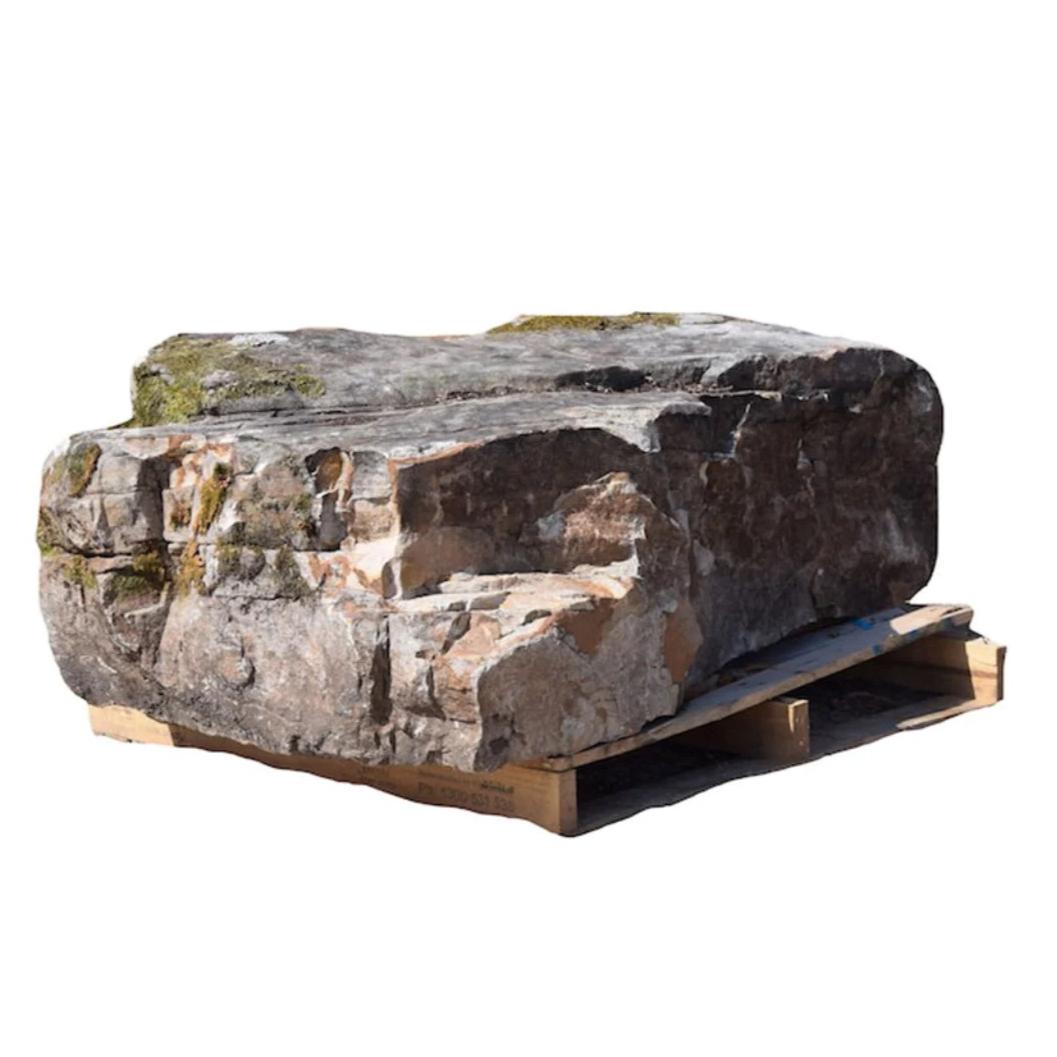Fall is the Perfect Time to Check Your Trees’ Health
Why Fall is the Perfect Time to Check Your Trees’ Health
Fall is a season of change, not only for us but also for our trees. As the leaves change colors and drop, it's the ideal time to inspect your trees' health and prepare them for the colder months ahead. Healthy trees will be better equipped to survive winter and flourish in spring, while identifying issues now can save you costly repairs or loss later.
Why Fall is Ideal for Tree Health Checks:
- Visible Changes: In the fall, trees start shedding their leaves, making it easier to inspect the trunk, branches, and structure for potential issues like cracks, splits, or fungal growth.
- Stress Indicators: After a summer of growth and potential environmental stress (drought, storms, pests), signs of tree health issues become more apparent, including discolored leaves or premature leaf drop.
- Preparation for Winter: Fall is a transitional period where trees slow down their growth and prepare for dormancy, making it crucial to ensure they’re healthy enough to withstand harsh winter conditions.

Key Areas to Check:
- Inspecting the Canopy: Check for dead or diseased branches, which are easier to spot once the leaves begin to fall. Branches with no buds or unusual bark shedding may be signs of distress.
- Examine the Trunk: Look for signs of rot, fungus, cracks, or peeling bark. These can indicate internal decay or structural weakness, which can pose safety hazards, especially during winter storms.
- Root Inspection: Healthy root systems are vital to a tree's stability. Check around the base for any signs of exposed roots, root rot, or disturbances from pests or construction.
- Pest and Disease Signs: Fall is also when certain pests or fungal infections might become evident. Look for bored holes in the bark, unusual growths (like cankers), or insects around the base.
- Soil Condition: The health of the soil plays a critical role in tree vitality. Test the soil for pH levels and nutrient content to ensure the tree is receiving proper nourishment.
What to Do if You Spot Problems:
- Consult an Arborist: If you spot signs of damage, disease, or pests, it’s wise to contact a certified arborist for professional assessment and treatment.
- Prune and Remove: Dead or weakened branches should be pruned to prevent breakage during winter storms. However, avoid heavy pruning, as it can stimulate new growth vulnerable to winter weather.
- Mulch and Water: Before the first frost, applying mulch around the base of your trees helps insulate the roots and retain moisture. Ensure your trees are well-watered during the dry autumn months to keep them hydrated through winter dormancy.

Fall tree health checks are essential for maintaining the long-term health of your trees. By addressing issues now, you can protect your trees from winter damage and ensure they bloom beautifully in spring. Don’t wait until it's too late—start your inspection today and give your trees the care they deserve.
At ServeScape, we trust The Pelfrey Tree Company to help maintain the health of the trees in our community. As a trusted partner, they provide expert care and maintenance, ensuring that our landscapes thrive season after season. Together, we’re committed to preserving the beauty and vitality of your trees for years to come.
By exploring The Arbor Day Foundation’s resources, you can deepen your understanding of how trees contribute to healthier environments and learn how to actively participate in tree conservation efforts.














































